Origins
Where did mathematics come from? Was it invented or discovered?
This is neither a scheme of work, programme of study or lesson plan. It is an eclectic collection of ideas and activities to use as part of your mathematical studies.
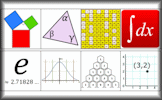
Maths Minds
Match the mathematician and their birth years with the image suggesting some mathematics they are associated with.
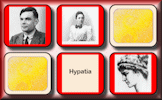
Mathematician Pairs
The traditional pairs or Pelmanism game requiring the ability to recognise some of the great mathematicians.
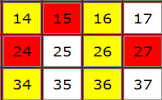
Sieve of Eratosthenes
A self checking, interactive version of the Sieve of Eratosthenes method of finding prime numbers.
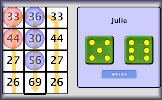
Remainder Race
A game involving chance and choice requiring an ability to calculate the remainder when a two digit number is divided by a single digit number.
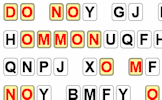
Code Cracker
Crack the code by replacing the encrypted letters in the given text. There are lots of hints provided about code breaking techniques.
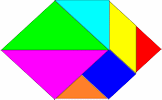
Tangram Template
An online challenge to use all the pieces of the tangram puzzle to fit into the outlines provided.

Pythagoras
An online exercise to test your understanding of and ability to apply Pythagoras' Theorem.
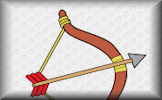
Algebra In Action
Real life problems adapted from an old Mathematics textbook which can be solved using algebra.

The Great Maths Mystery
Explore the astonishing power mathematics across the centuries in this video from PBS.
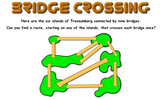
Königsberg Bridges
This classic puzzle in graph theory was famously solved by the mathematician Leonhard Euler in 1736.
The modern decimal system
📜
was developed by Indian mathematicians between the 1st and 4th centuries CE and later adopted by the Islamic world. It was introduced to Europe in the Middle Ages, significantly improving mathematical calculations.
The first known woman mathematician
📜
was Hypatia of Alexandria (c. 355–415 CE). She was a philosopher, astronomer, and mathematician who taught and wrote on subjects such as algebra and geometry.
Fibonacci's sequence
📜
was introduced to the West by Leonardo of Pisa, known as Fibonacci, in his 1202 book "Liber Abaci." The sequence was actually based on an earlier Indian work and is famous for its appearance in nature.
The Pythagorean Theorem
📜
was known to the Babylonians over 1,000 years before Pythagoras. The famous relationship between the sides of a right triangle appears on a clay tablet known as Plimpton 322, dating back to around 1800 BCE.
Euclid's "Elements"
📜
is one of the most influential works in the history of mathematics. Written by Euclid around 300 BCE, it served as the main textbook for teaching mathematics for over 2,000 years.
The word "algebra"
📜
comes from the Arabic word "al-jabr," which means "reunion of broken parts." It was introduced by the Persian mathematician Al-Khwarizmi in his 9th-century book "Al-Kitab al-Mukhtasar fi Hisab al-Jabr wal-Muqabala."
The equals sign (=)
📜
was invented by the Welsh mathematician Robert Recorde in 1557. He chose this symbol because, as he wrote, "no two things can be more equal than a pair of parallel lines."
The concept of zero
📜
was first developed by ancient Indian mathematicians around the 5th century CE. The use of zero as a number was later transmitted to the Islamic world and eventually reached Europe, where it transformed mathematics.
Oldest Proverb
📜
"Accurate Reckoning. The entrance into the knowledge of all existing things and all obscure secrets." is an ancient Egyptian mathematical proverb found in the Rhind Mathematical Papyrus, which dates back to around 1650 BCE.
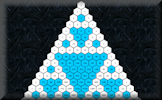

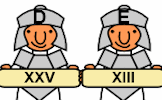

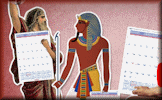
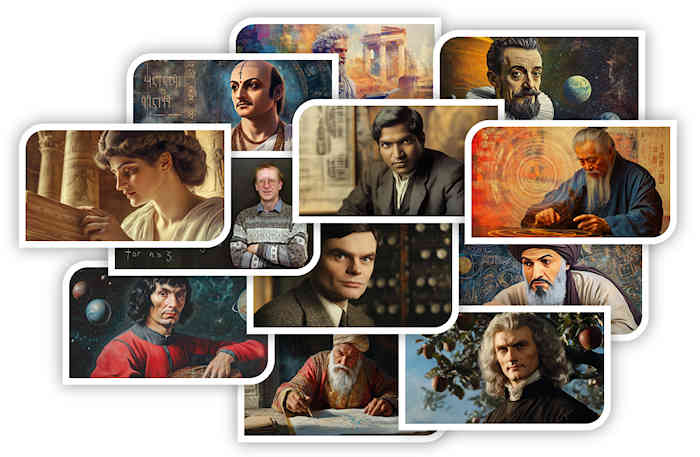

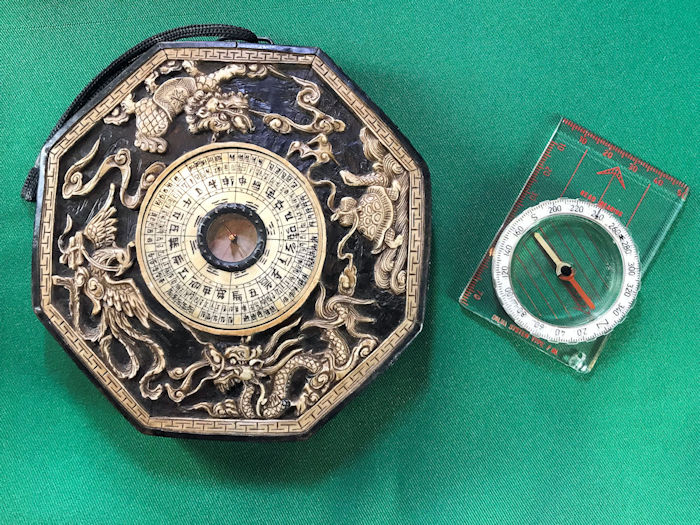


Transum,
Tuesday, September 10, 2019
"And the sad thing is that I still remember some of these calculators that are now museum exhibits.
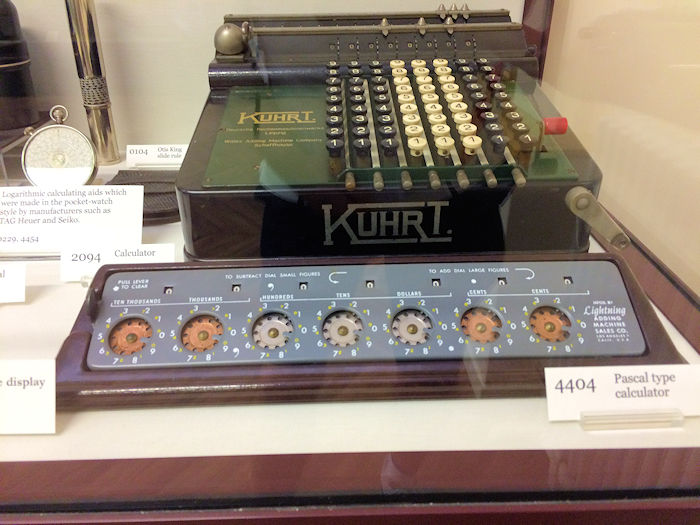
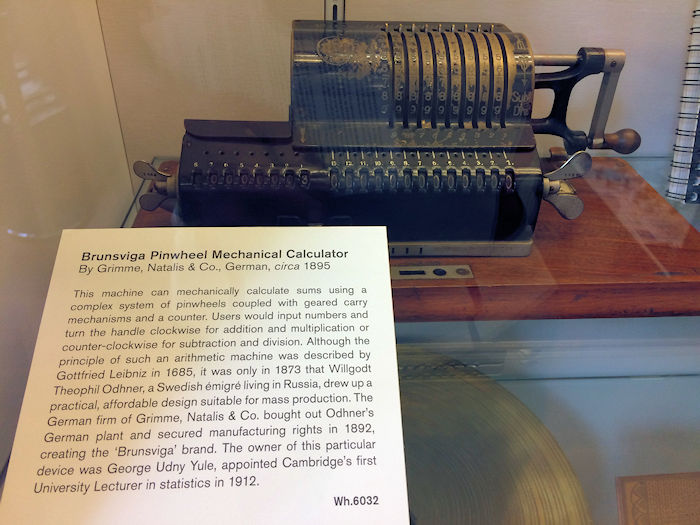
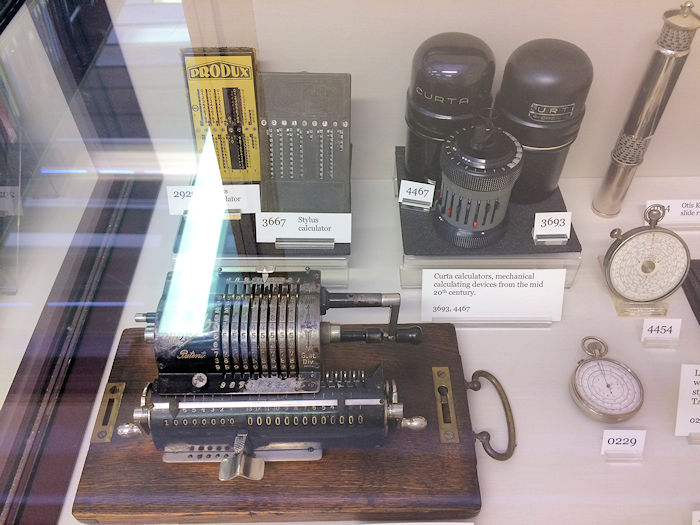
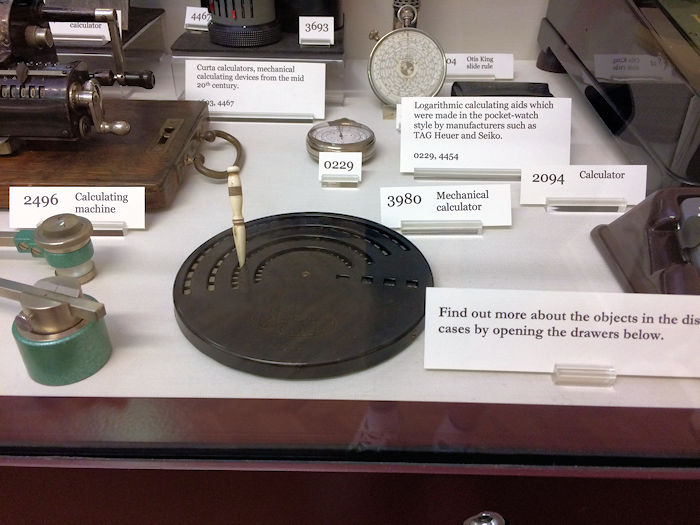
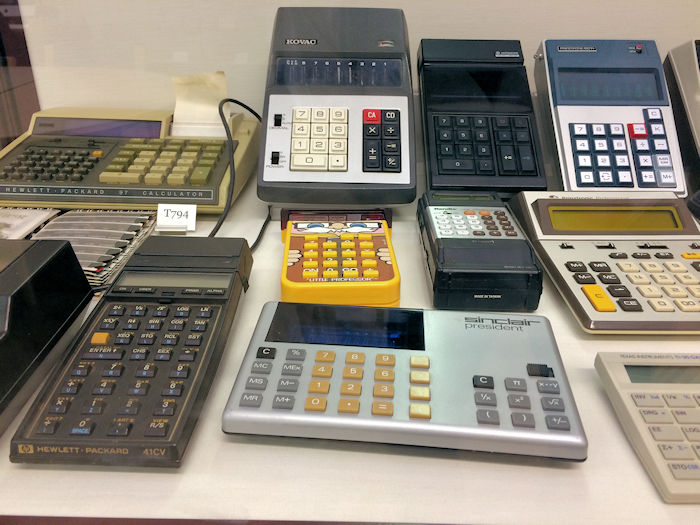
I took these photographs in the Whipple Museum of the History of Science in Cambridge in July 2019"